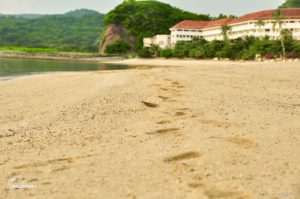
Nasugbu, Batangas: A Coastal Haven of Serenity and Adventure
The Nasugbu area has an extensive collection of beaches and snorkeling spots which make it a popular summer destination. There are numerous swimming-related activities and
Located in the small barangay of Caysasay in Taal, Batangas, the Our Lady of Caysasay Shrine stands as a beacon of faith and heritage, deeply revered by locals and visitors alike. The shrine houses an image of Our Lady of Caysasay, a miraculous representation of the Virgin Mary believed to be one of the oldest religious icons in the Philippines, depicting the Immaculate Conception.
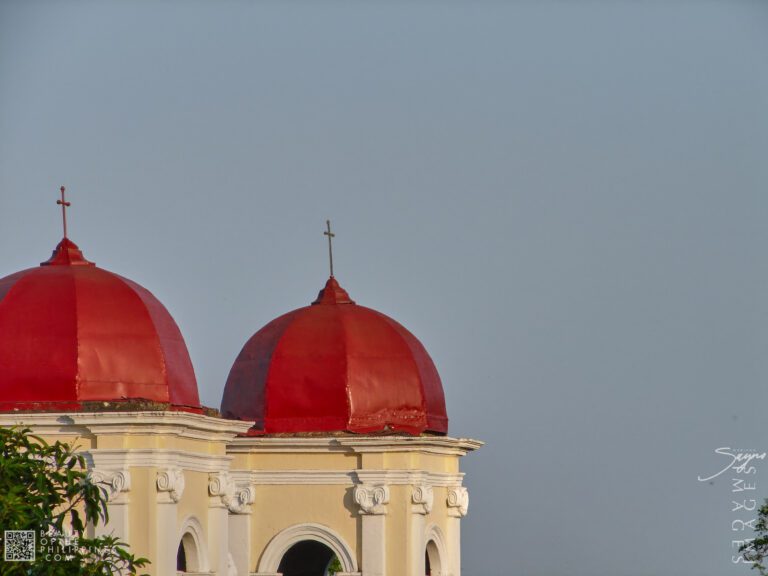


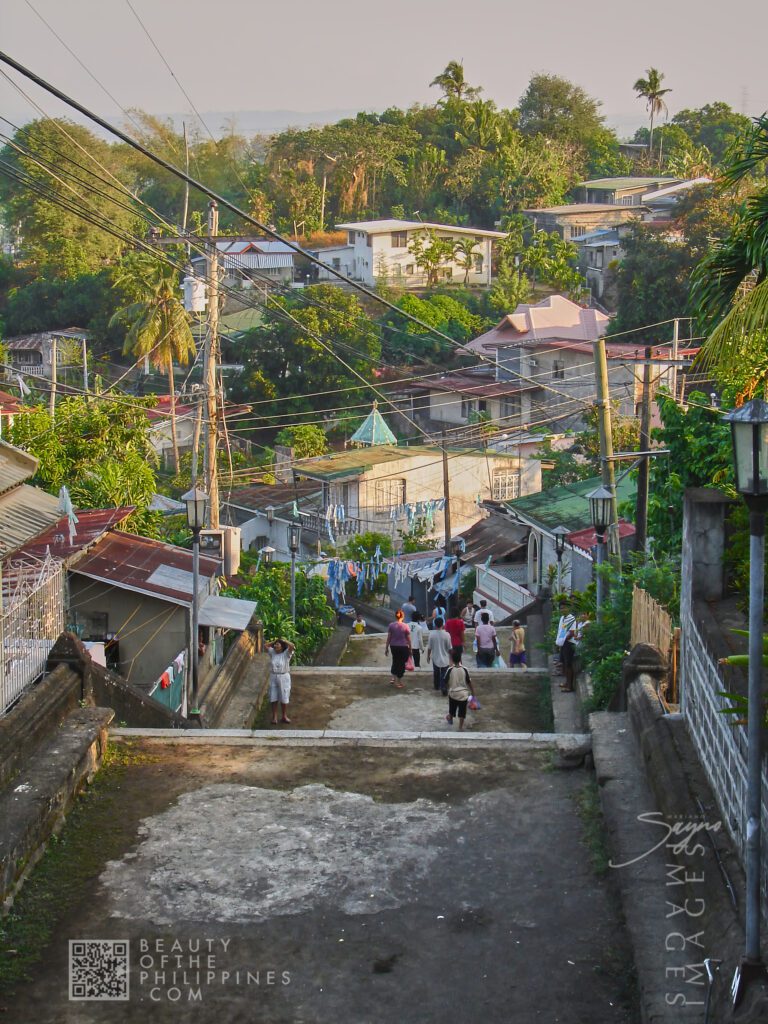

ABOVE: During mass at Caysasay Church, a warm and inviting atmosphere permeates the congregation as individuals gather in prayer. The flickering candlelight casts a gentle glow on the ornate altars, while the harmonious sounds of hymns fill the space.
ABOVE: During mass at Caysasay Church, a warm and inviting atmosphere permeates the congregation as individuals gather in prayer. The flickering candlelight casts a gentle glow on the ornate altars, while the harmonious sounds of hymns fill the space.
The origins of the Our Lady of Caysasay Shrine date back to the 16th century. According to local legend, the image of Our Lady of Caysasay was discovered in 1603 by a man fishing in the Pansipit River. The miraculous appearance of the image quickly captured the devotion of the local community, leading to the establishment of the shrine to honor the Virgin Mary.
ABOVE: The ceiling design of Caysasay Church features intricate Baroque-style artwork, vibrant colors, and religious imagery, highlighting the craftsmanship of local artisans and reflecting the church’s rich cultural and spiritual significance.
ABOVE: The ceiling design of Caysasay Church features intricate Baroque-style artwork, vibrant colors, and religious imagery, highlighting the craftsmanship of local artisans and reflecting the church’s rich cultural and spiritual significance.
The shrine’s significance grew over the centuries, not only as a center of spiritual reflection but also as a symbol of resilience and faith for the people of Taal. In 1954, the image of Our Lady of Caysasay was canonically crowned with the title “Queen of the Archdiocese of Lipa” on December 8, further solidifying her revered status. The Our Lady of Caysasay is celebrated for her role in numerous miracles and answered prayers, making the shrine a prominent pilgrimage site. Her feast day is celebrated annually on December 8, drawing thousands of devotees and visitors who come to pay homage and seek blessings.


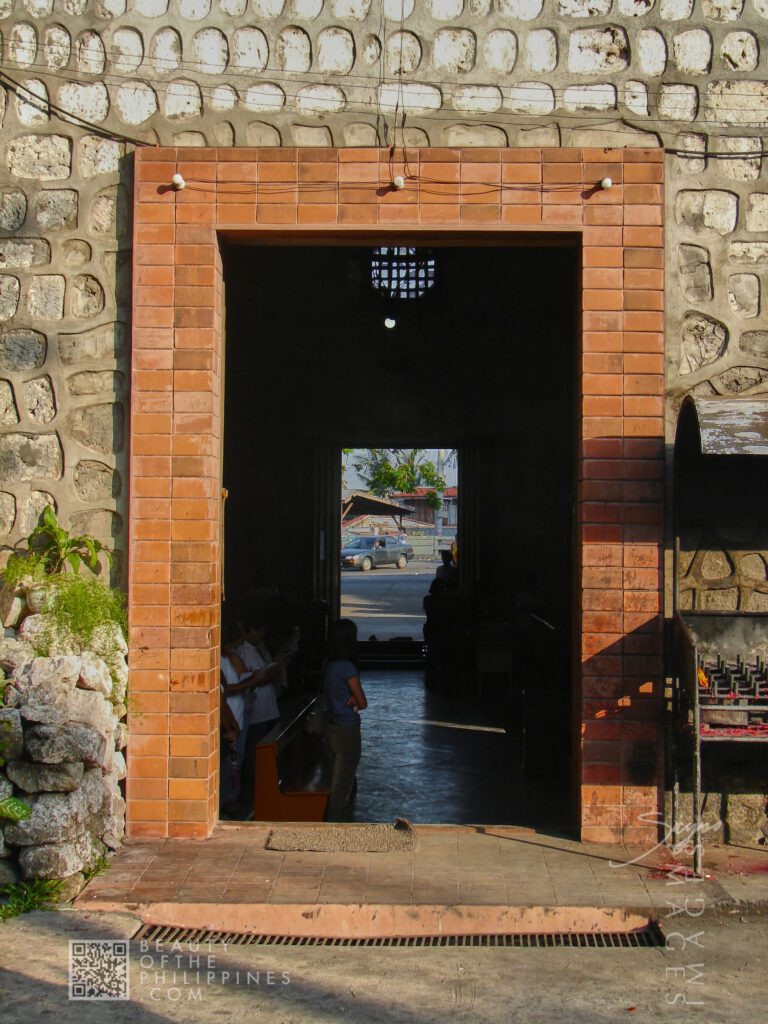

The Our Lady of Caysasay Shrine is a stunning example of Spanish colonial architecture. Measuring about 160 feet long and 33 feet wide, the chapel features a stairwell leading to the Virgin’s room in a small sacristy behind and above the main altar. The church itself is characterized by the use of coral stones, hewn into blocks and assembled to create the structure. The initial church, constructed in 1611 by Chinese believers using light materials, was located near the river where Mary’s image was found. An arch made of coral stone with bas-reliefs representing the Virgin was also built. In 1639, a new church made entirely from coral stone was constructed under the supervision of Fr. Alonso Rodriguez, serving as a perpetual shrine for the Virgin Mary.


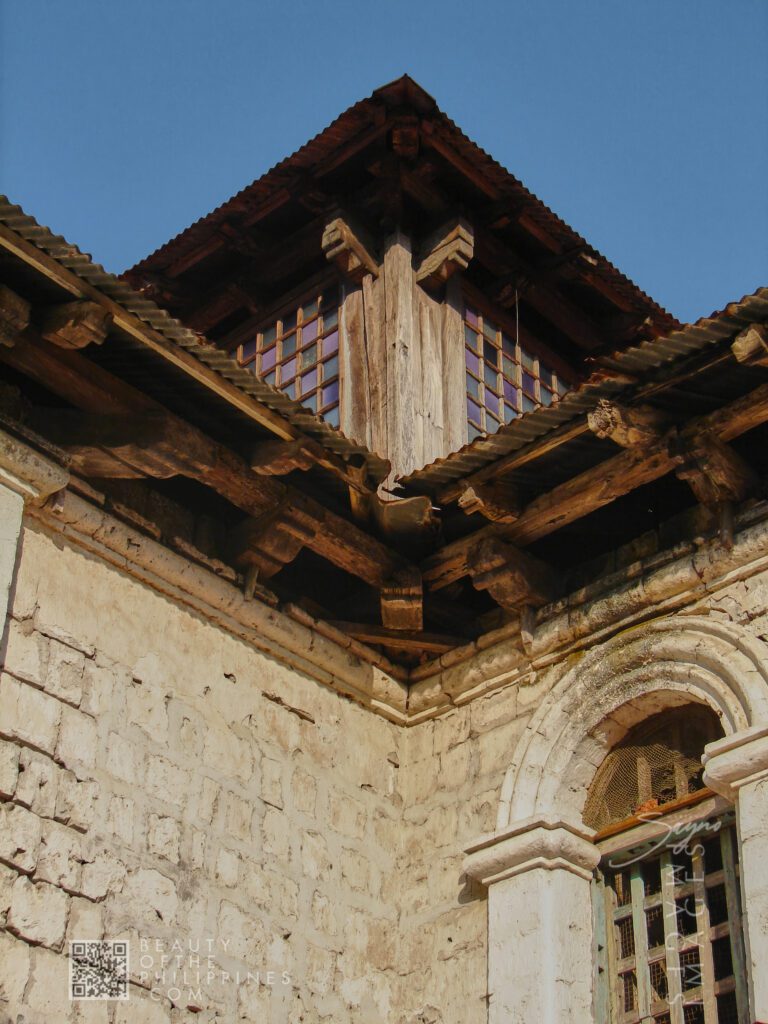


The shrine has faced several challenges over the centuries. The earthquake of December 1852 caused significant damage, leading to reconstruction initiated by Father Celestino Mayordomo, completed in 1856 with rebuilt twin towers and added stone fences. In 1867, another earthquake damaged the shrine, prompting repairs overseen by Father Marcos Anton. A new altar and rail made of iron were installed, and the sanctuary’s interior was decorated by the Italian Cesar Alberoni. An organ purchased in 1880 from Spanish organist Don Doroteo Otorelin, under Father Agapito Aparicio‘s supervision, further enriched the shrine. Fortunately, the earthquake of 1880 did not cause significant damage.
Inside the shrine, visitors are greeted by the majestic altar where the revered image of Our Lady of Caysasay is enshrined. The interior is adorned with beautiful murals and religious iconography, adding to the spiritual ambiance of the space.


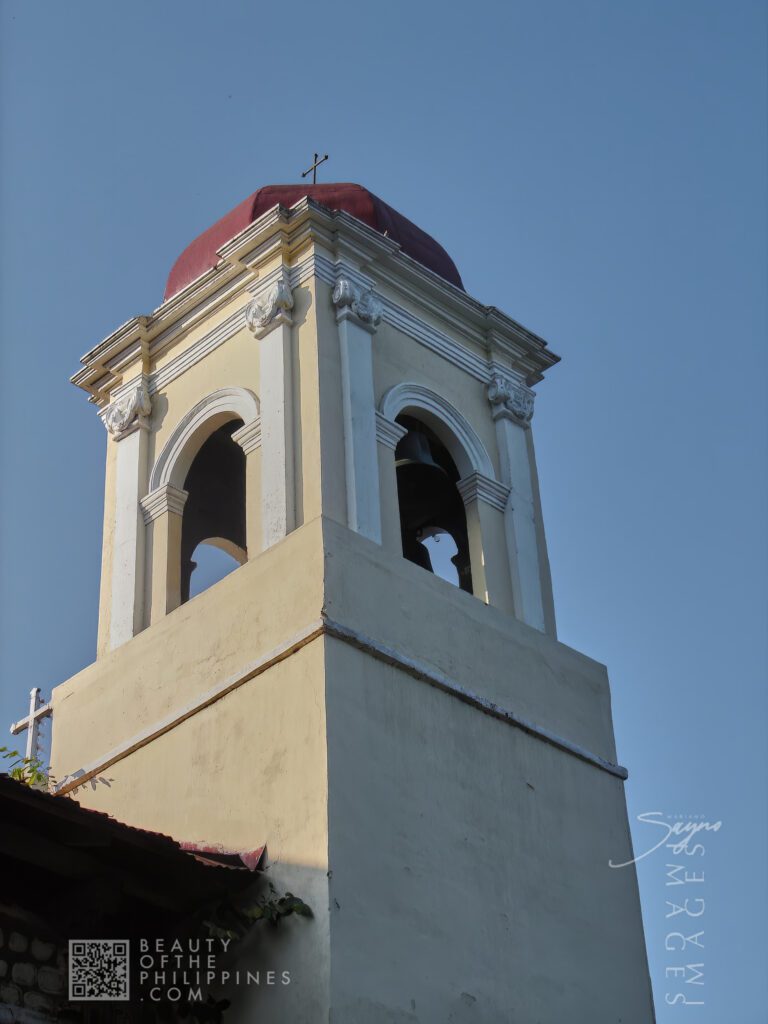

ABOVE: The bell tower of Caysasay Church in Taal, Batangas, stands as a beloved symbol of the community’s faith and heritage. This historic Baroque structure not only adds to the church’s beauty but also rings out to call worshippers, connecting generations through its rich history and the heartfelt traditions of the people who cherish it.
ABOVE: The bell tower of Caysasay Church in Taal, Batangas, stands as a beloved symbol of the community’s faith and heritage. This historic Baroque structure not only adds to the church’s beauty but also rings out to call worshippers, connecting generations through its rich history and the heartfelt traditions of the people who cherish it.
To reach the shrine from the town center and Taal Basilica, visitors need to ascend a set of 125 granite steps known as the San Lorenzo Ruiz Steps or Hagdan-hagdan. Originally constructed from adobe stones in 1850, these steps were later replaced with granite by Fr. Mayordomo. The San Lorenzo Ruiz Steps are a notable structure leading up to the shrine and play a significant role in feasts involving processions through the town. The ascent up these steps adds a profound sense of pilgrimage to the journey, embodying the spiritual and physical effort of devotion.
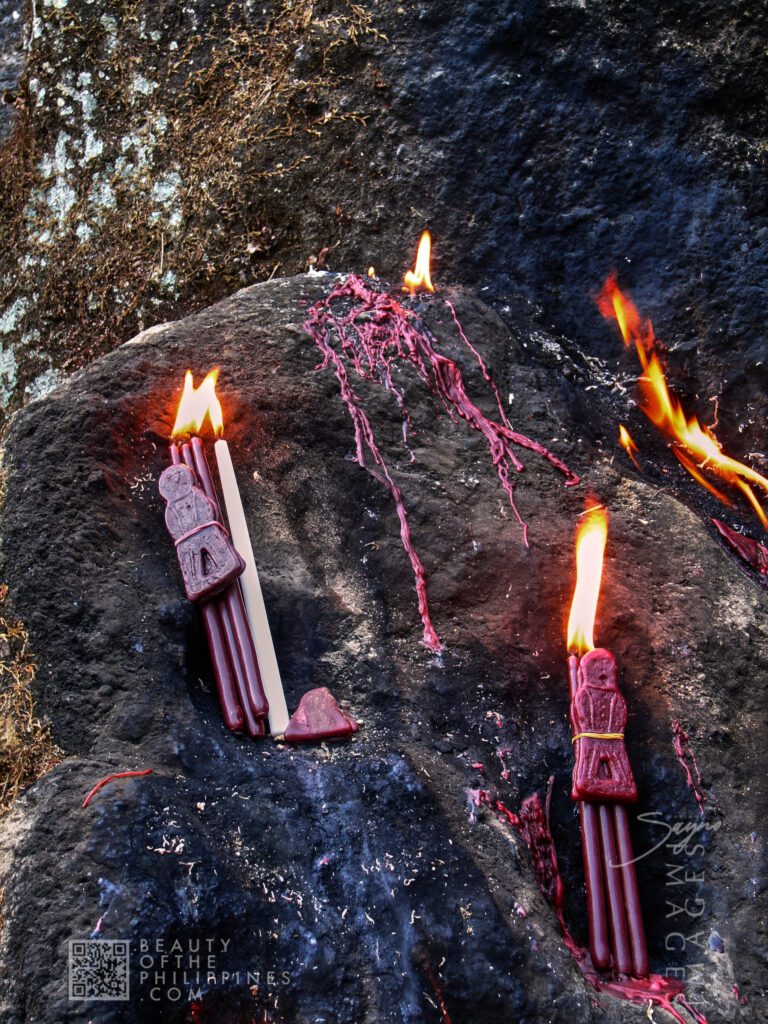

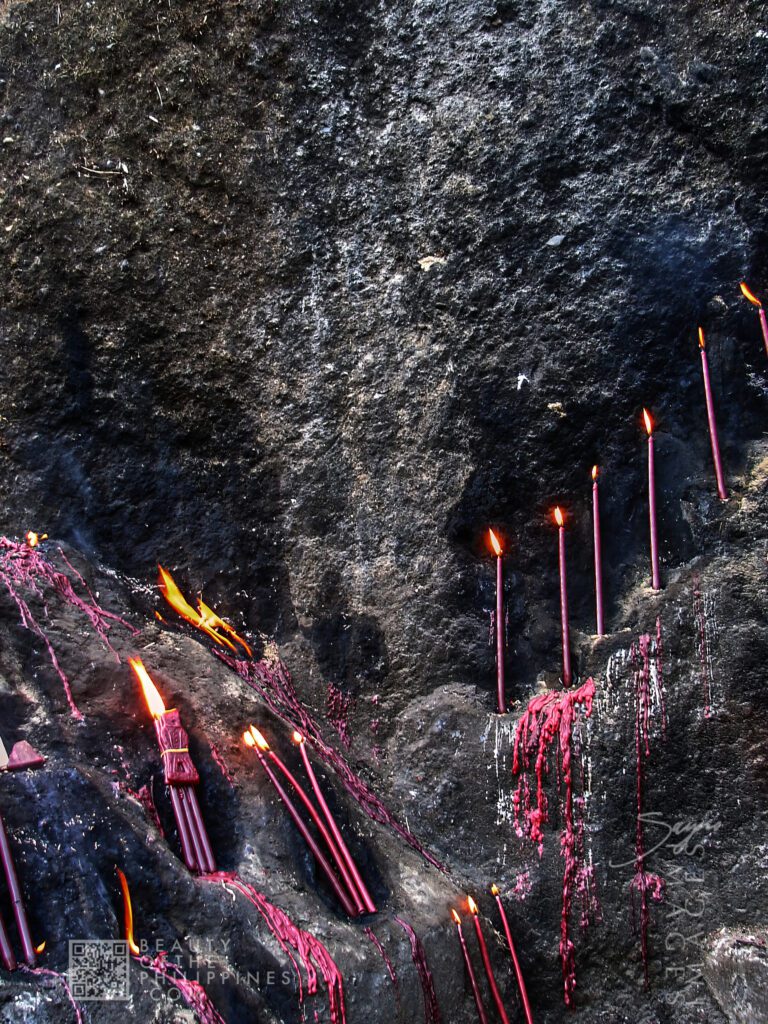
While exploring the Hagdan-hagdan area, visitors can also discover the Sta. Lucia Wells, a spring-fed well where two women allegedly saw the reflection image of the Virgin Mary. This event led to widespread belief in the miraculous healing powers of its waters. The coral stone arch at the site, built in the early 1600s with a bas-relief image of the Virgin, still stands today as a testament to the area’s deep spiritual significance.
RELATED STORIES

The Nasugbu area has an extensive collection of beaches and snorkeling spots which make it a popular summer destination. There are numerous swimming-related activities and
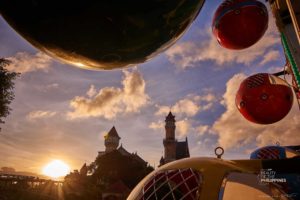
The Fantasy World theme park sits alone and quietly in Lemery, Batangas Province, and is known as the supposed Disney World as well as one
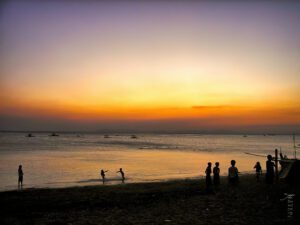
Among the many contributions of Balayan Bay that Batanguenos are proud of, the bay served as a fishing village and a summer retreat for locals
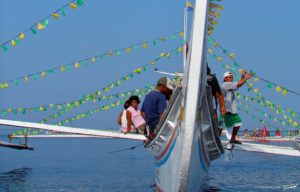
Each year, the Sigpawan Festival, which is held in Lemery, Batangas, takes place on Easter Sunday. The highlight of the festival is the Fluvial procession

Each year, thousands of pilgrims visit the shrine, especially during the feast day of Our Lady of Caysasay, which is celebrated with great fervor. The festival, known as the “Festa ng Mahal na Ina ng Caysasay,” includes a series of religious processions, traditional dances, and cultural events. This annual celebration draws not only local devotees but also visitors from various parts of the Philippines, all coming together to pay homage and seek blessings.

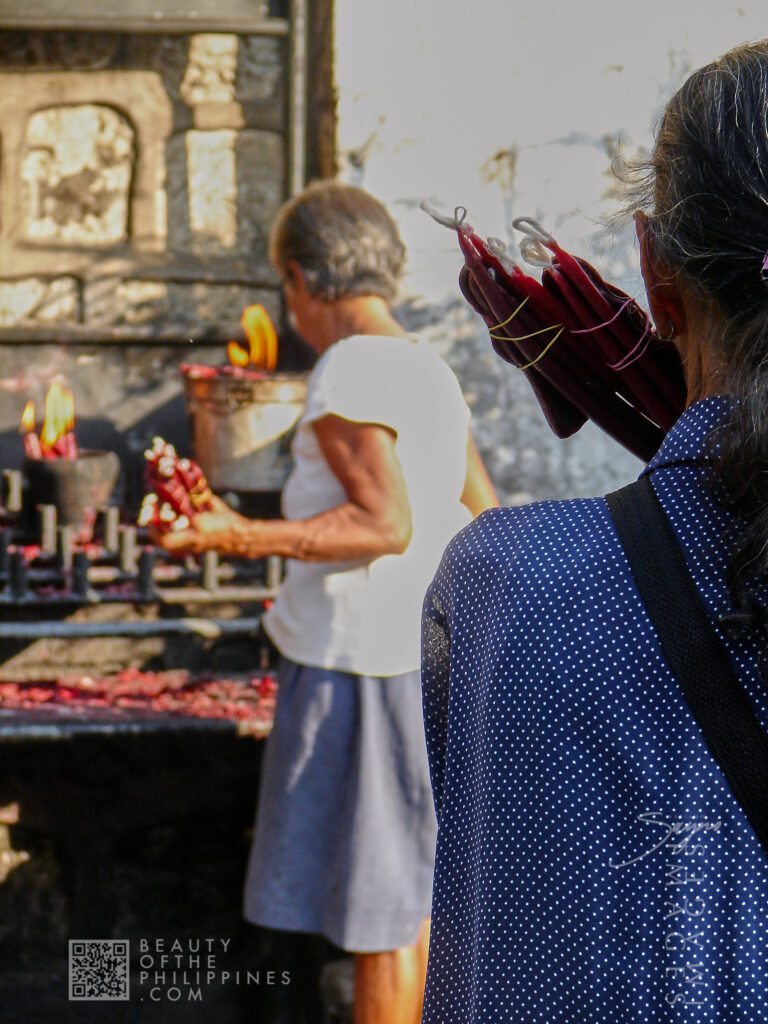


ABOVE: A teenage boy leans against the brick wall of Caysasay Church, while the beautifully crafted stained glass window above him showcases the church’s rich historical ambiance, creating a striking contrast between his youthful presence and the artistry of the structure.
ABOVE: A teenage boy leans against the brick wall of Caysasay Church, while the beautifully crafted stained glass window above him showcases the church’s rich historical ambiance, creating a striking contrast between his youthful presence and the artistry of the structure.
The shrine also serves as a cultural hub, hosting various community events and activities that celebrate the rich heritage of Taal. It stands as a testament to the enduring faith and cultural richness of the region.
For many, the Our Lady of Caysasay Shrine is more than just a place of worship; it is a sanctuary of peace and spiritual solace. The tranquil surroundings and the profound sense of history and devotion make it an ideal destination for those seeking reflection and connection with their faith.
I’m looking forward to the stories and images leaving a lasting positive impression on you, just as they have on me. Stay connected with us on social media for a weekly exploration of travel assignments and breathtaking visuals. Our focus is on championing local tourism, showcasing small businesses, and honoring the magnificence of the Philippines through the content we curate. Join us in spreading the word by clicking the ‘share’ buttons below. Your support means the world to us.
EXPLORE MORE about

The Fantasy World theme park sits alone and quietly in Lemery, Batangas Province, and is known as the supposed Disney World as well as one

Let’s be real—when you think of volcanoes, you probably imagine something massive and far-flung, right? But here in the Philippines, just 50-ish kilometers from Metro
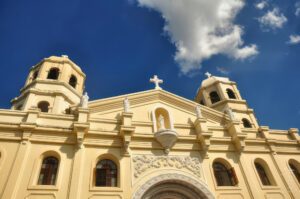
It was once a stone church, that was built during the Spanish colonial era in Tanauan, Batangas, and was known as Tanauan Church or St

Each year, the Sigpawan Festival, which is held in Lemery, Batangas, takes place on Easter Sunday. The highlight of the festival is the Fluvial procession

It is known as Taal Lake, formerly Bombón Lake, and is a freshwater lake in the province of Batangas. It fills the Taal Caldera, a

The Nasugbu area has an extensive collection of beaches and snorkeling spots which make it a popular summer destination. There are numerous swimming-related activities and

Among the many contributions of Balayan Bay that Batanguenos are proud of, the bay served as a fishing village and a summer retreat for locals
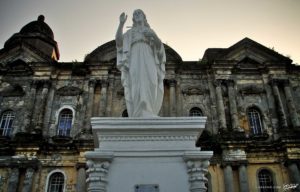
This Minor Basilica is canonically known as the Minor Basilica of Saint Martin of Tours and is located in the town of Taal, Batangas, within
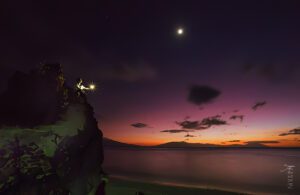
The Municipality of Tingloy Island got its name a little bit from a legend. Due to its location in Batangas, Philippines, it is almost named
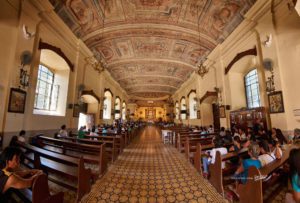
It is with Raphael the Archangel that the 184-year-old Spanish Colonial era church in Batangas gets its name. The Calaca Church is more commonly known
BROWSE BY CATEGORIES